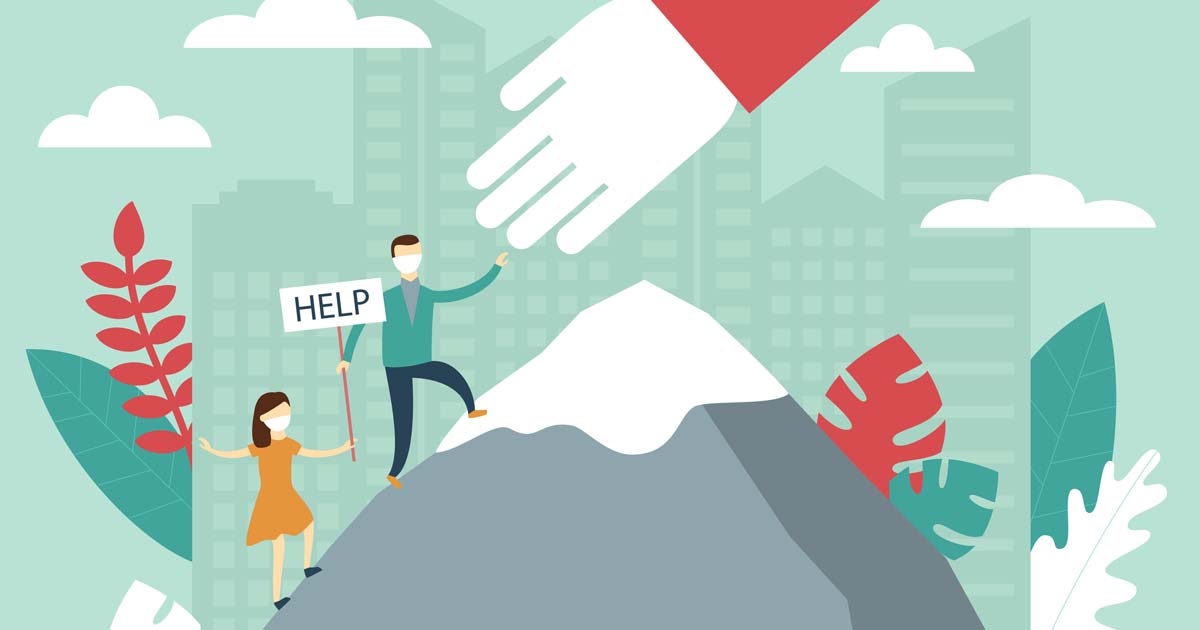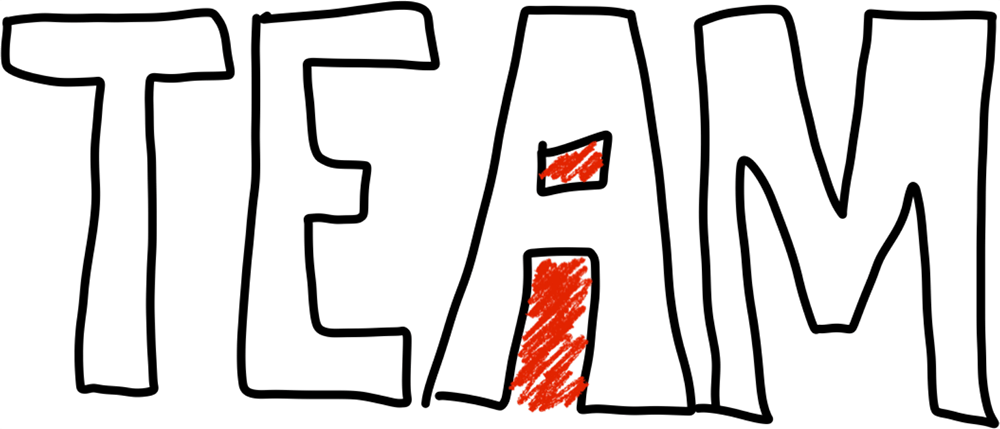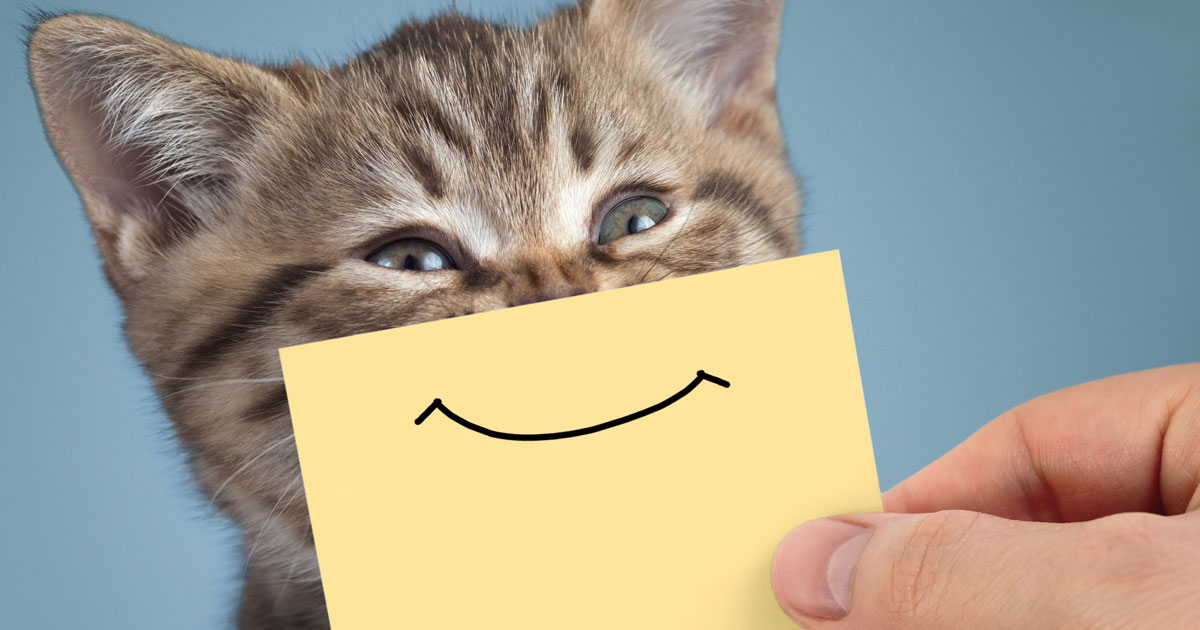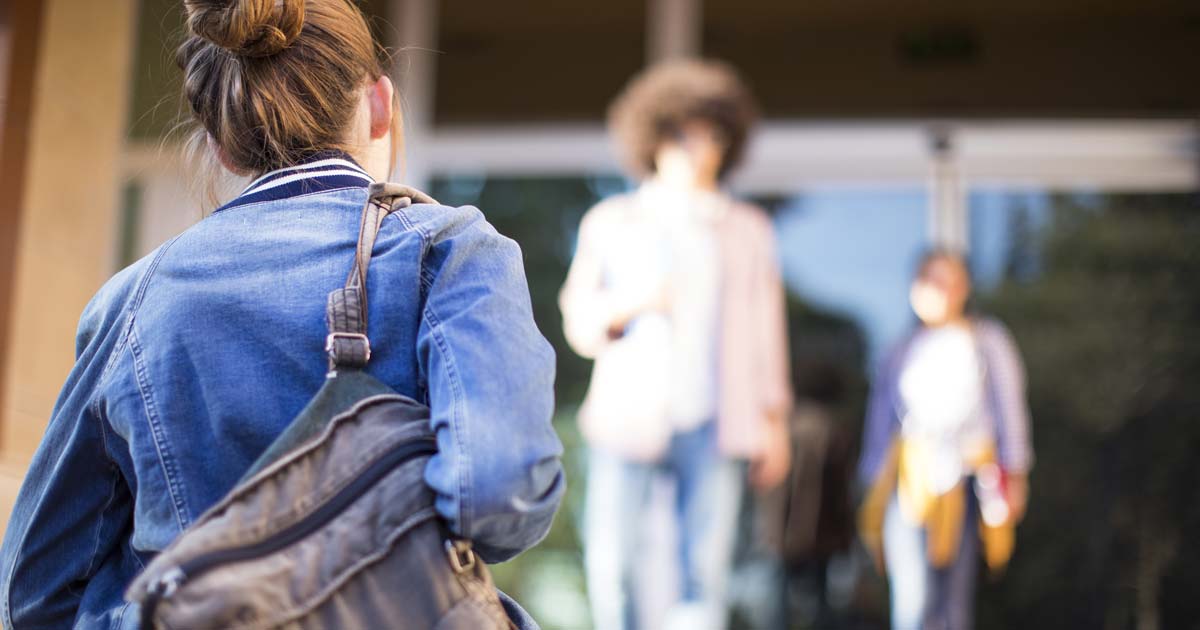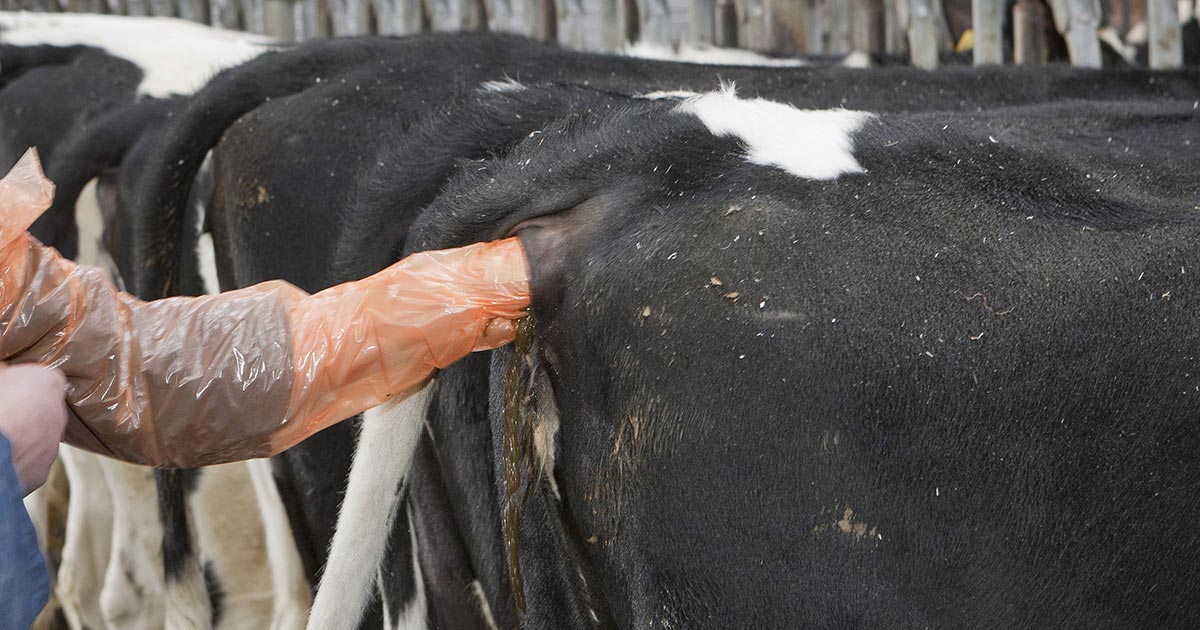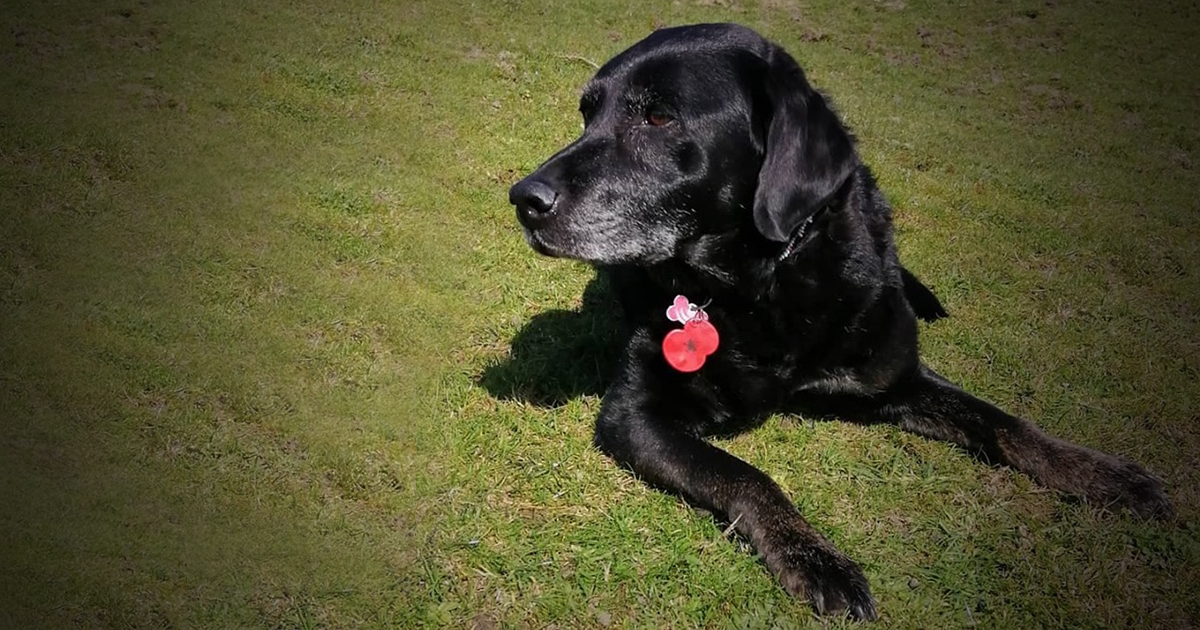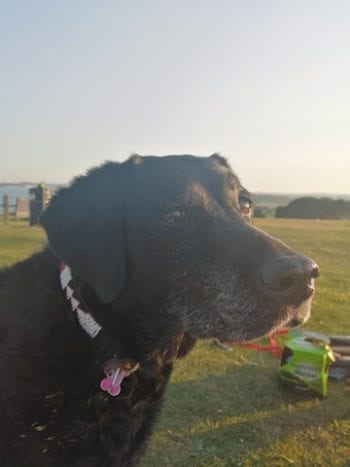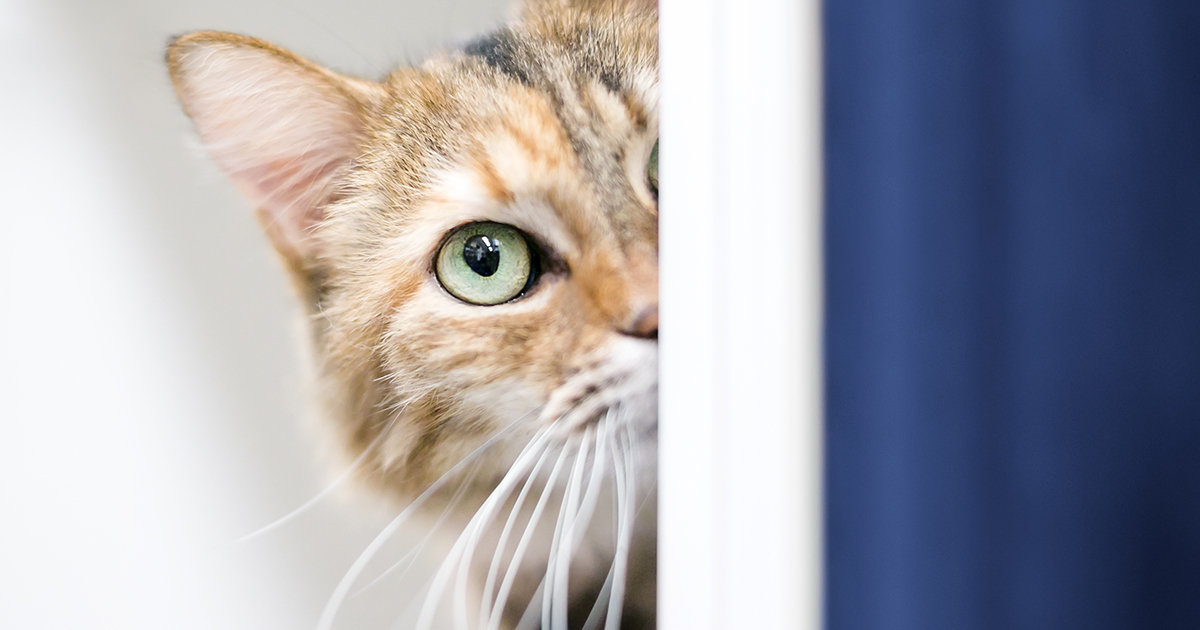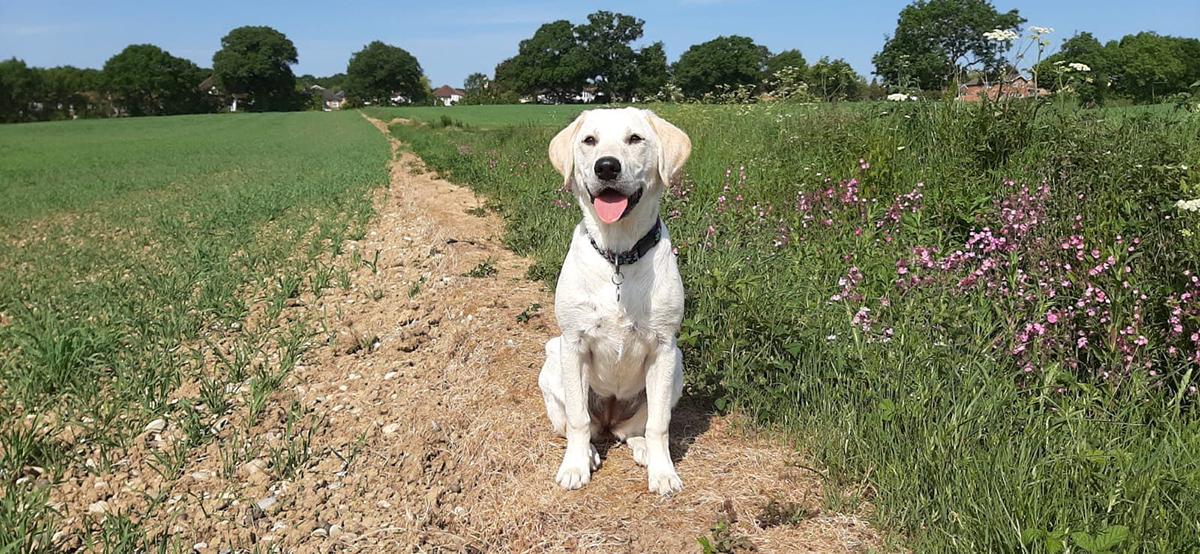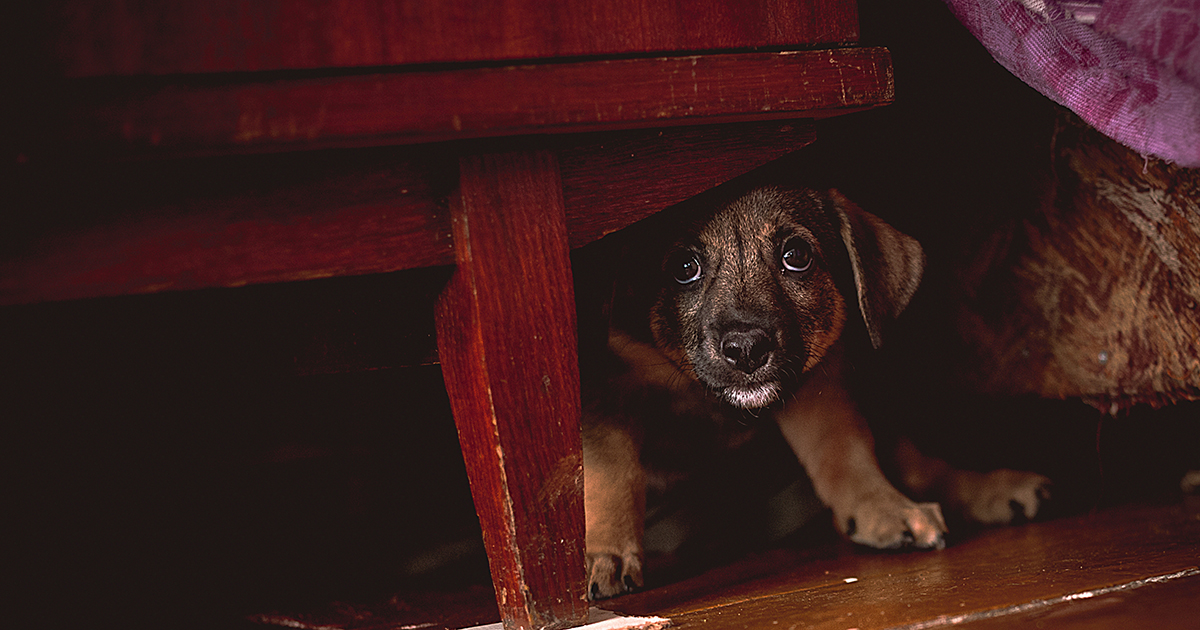Towards the end of what has been, regrettably for me, a distinctly non-“vetty” summer period, I was delighted to receive an email from the headmistress of my old secondary school, asking if some of her students who were applying to vet school in the near future could get in touch.
Coming to sudden terms with the fact that I was now considered someone “in the know” rather than someone on the outside looking in made me feel grateful, nostalgic… and just a little bit ancient all in one go.
As my school has a custom of bringing in old students to speak to sixth formers aspiring to the same fields of interest, I had always thought that I may some day be called in to bring my experience full circle.
Share and share alike
Until now I think I subconsciously assumed my old stomping grounds had simply yielded no aspiring vets in the past few years, but it seems that I was mistaken – and happily so.
I enthusiastically agreed to share details with the wannabe vets in question.
As I prepared to answer any queries they might have about the application process, interview preparation or what the pearly gates of veterinary medicine at university were actually like, it got me thinking about how the veterinary community seems to stand out from the crowd in terms of rallying around each other – no matter their level of study – and holding the idiom “pay it forward” very close to heart.
From the ground up
The truth is, even the most experienced, knowledgeable and Yoda-like veterinary surgeon that ever walked this earth started off a lowly Padawan just like the rest of us – probably cleaning kennels, hoovering after hours and just trying his or her very best not to get in peoples’ way.
I think it’s this that unites us all; no matter our age, gender, race or background, we’ve all been stood on by cows, moaned at by sleep-deprived farmers and pooed or peed on more times than we can count – often both at the same time in a terrifying feat of Mother Nature’s ingenuity.
Climb every mountain
Every veterinary student works incredibly hard to even gain a foothold on one of the UK’s coveted university places, and he or she works even harder still to graduate five to six years later.
I’ve been assured the journey that awaits me on the other side of my cap and gown is no easier. The veterinary career can sometimes seem comparable to mountains piled on top of each other – each one larger than the last, with less footholds, and more treacherous and difficult terrain to navigate.
Is it any wonder those at the top want to throw down the ropes to those standing in their footwells, or climb back down and take the time to show them how they scaled the mountain in the first place, right by their side?
So grateful
I digress, but – mushy and, perhaps, overly elaborate metaphors aside – I am so deeply grateful for all the help I have been given on my journey so far – from the vets in my lecture halls to the vet nurse who first taught me how to hold a scalpel – and for all that I am still yet to receive.
I also feel so privileged to be in the position to help people myself in any way I can, and hope I never forget the value of paying it forward and how far it brought me.
